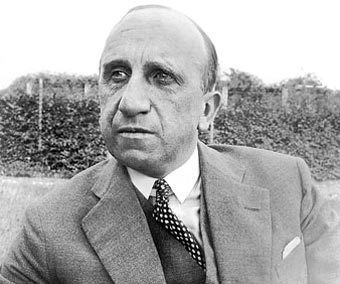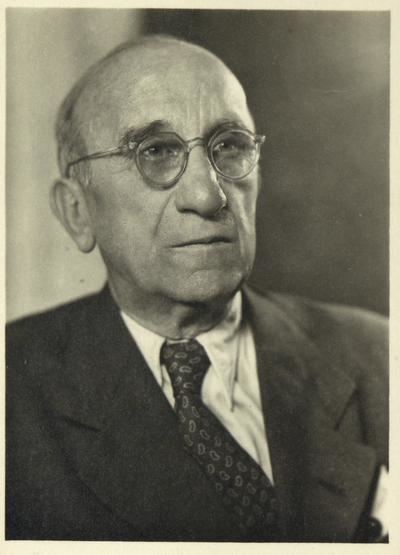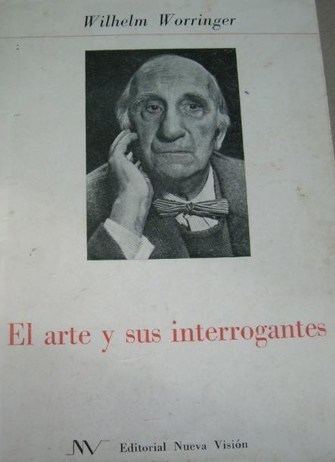Name Wilhelm Worringer | ||
 | ||
Books Abstraction and empathy, Form in Gothic, Form Problems of the Gothic - Scholar's Choice Edition Similar People Vladimir Tatlin, Naum Gabo, Herbert Read, Alexander Rodchenko, Auguste Perret | ||
An lisis de la obra de arte la psicolog a del estilo de wilhelm worringer upv
Wilhelm Worringer (13 January 1881 in Aachen – 29 March 1965 in Munich) was a German art historian. He is known in connection with expressionism. Through his influence on T. E. Hulme his ideas had an effect on early British modernism, especially vorticism.
Contents

His best-known work is Abstraction and Empathy, his doctoral thesis. In it he argued that there were two main kinds of art: art of "abstraction" (which was associated with a more 'primitive' world view) and art of "empathy" (which was associated with realism in the broadest sense of the word, and applied to European art since the Renaissance).

Worringer was influential because he saw abstract art (for example, Islamic art) as being in no way inferior to "realist" art, and worthy of respect in its own right. This was critical justification for the increased use of abstraction in pre-war European art. Worringer coined the term Expressionism. (see Rank comment below) He taught at the University of Bonn, where Heinrich Lutzeler was one of his students.

He posited a direct relationship between the perception of art and the individual. His claim that "We sense ourselves in the forms of a work of art" led to a formula, "The aesthetic sense is an objectivized sense of the self." He also stated, "Just as the desire for empathy as the basis for aesthetic experience finds satisfaction in organic beauty, so the desire for abstraction finds its beauty in the life-renouncing inorganic, in the crystalline, in a word, in all abstract regularity and necessity."

His work was widely discussed and influenced Klee amongst others. He is credited by philosopher Gilles Deleuze in A Thousand Plateaus as being the first person to see abstraction 'as the very beginning of art or the first expression of an artistic will.'

Wilhelm Worringer likewise mentions his debt to Riegl in terms of art theory, and what Worringer calls, "the urge to abstraction." Art history is not a progress of ability from primitive lack of skill, but is, in Riegl's terms, a history of volition. Clemena Antonova writes, "Worringer sides with Riegl in that relativist approach to art" and maintains that, "what appears from our standpoint the greatest distortion, must have been, at the time, for its creator the highest beauty and expression of his artistic volition."

Otto Rank, in Art and Artist, cites Worringer as taking Riegl up to the verge of psychological insight where art forms can be interpreted parallel to forms of belief in the soul. Rank, however, in Art and Artist, p. 32, says, "we may talk of an art of "expressionism"—in fact the word, as "expressionism," has been taken as their slogan by a group of modern artists (according to E. von Sydow, p. 117, called also "psychic vitalism").
At the time his Egyptian Art was published by G.P. Putnam's Sons Ltd, the Sphinx of Gizeh had been recently restored. [> what does this mean and what does this add to the present article? What relations does this Egyptian section maintain with the rest of this wikipedia article? < ]
